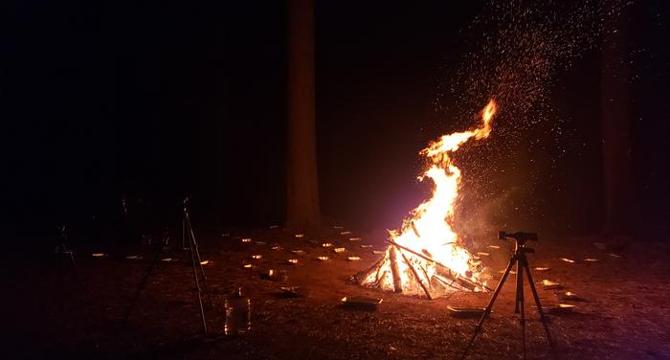Physicsworld
1M
429

Image Credit: Physicsworld
Bursts of embers play outsized role in wildfire spread, say physicists
- New field experiments suggest that intermittent bursts of embers play an unexpectedly large role in the spread of wildfires, calling into question some aspects of previous fire models.
- Understanding ember behaviour is important for predicting how a wildfire will spread and helping emergency services limit infrastructure damage and prevent loss of life.
- The experiments conducted by physicists in California’s Sierra Nevada mountains build a “pile fire” in the foothills and recorded the fire’s behaviour for 20 minutes.
- The researchers brought the ember samples back to the laboratory and measured their size, shape and density to estimate the fire’s intensity based on its height.
- Ember generation is highly intermittent, with occasional bursts containing orders of magnitude more embers than were ejected at baseline, says Alec Petersen, an experimental fluid dynamicist at UC Irvine.
- While existing models can predict how far an average firebrand with a certain size and shape will travel, the accuracy of those predictions is poor.
- Large embers are precisely the ones with enough thermal energy to start spot fires, and new models must take such events into account.
- The researchers hope to reformulate operational models to predict spot fire risk, but they acknowledge that this will be challenging.
- More experiments will be carried out in conjunction with a consortium of fire researchers beginning in November in UC Berkeley Research Forests.
- The experiments aim to refine firebrand tracking experiments, using multiple cameras to track them in 3D, supplemented with a thermal camera to measure their temperatures.
Read Full Article
25 Likes
For uninterrupted reading, download the app